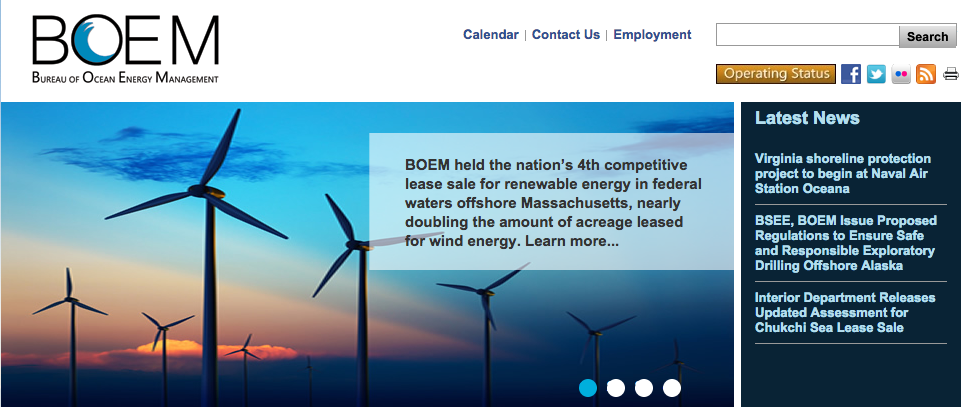This week, Interior Secretary Sally Jewell will testify before two congressional committees on her department’s FY2016 budget request. These hearings offer lawmakers a chance to ask Secretary Jewell about Interior’s policy priorities, which include locking up energy development on federal lands to the detriment of American families. We offer the following questions as a sampling of the types of questions Secretary Jewell should answer:
1. Alaskan oil production has dropped 74 percent since 1988, while the Trans-Alaska Pipeline System (TAPS) is operating at just one-quarter of its capacity of 2-million bpd. If there isn’t enough oil flowing through TAPS, producers will be forced to shut it down, effectively ending Alaskan oil production. At what point does TAPS become uneconomic? By keeping ANWR off limits, is the administration’s goal to starve TAPS and end oil production in Alaska?
2. A press release your agency put out announcing the ANWR wilderness proposal claims that ANWR should be put off limits because it “holds special meaning to Alaska Natives.” But Alaska State Representative Ben Nageak, a Democrat and the only legislator in the country to be born in ANWR, said that Interior’s ANWR proposal “will harm us in the long run” by preventing Alaskans from developing their own natural resources. What makes you think the Interior Department is better equipped to manage Alaska’s lands than native Alaskans?
3. According to the website of your Office of Natural Resource Revenue, in FY 2014 federal coal royalties were $770 million, natural gas royalties were over $1.7 billion, and oil royalties were over $7.7 billion. [Click on Common Data Summaries, All Reported Revenues]. The federal government also received money from salt production, gilsonite production, purge liquor production, soda ash, trona ore, and zinc concentrate, among many other sources of revenue. However, according to your ONRR’s website, there isn’t a single cent from solar. Is the federal government letting corporations use taxpayer-owned federal land for nothing? Where is an accounting of the revenue that should be going to the U.S. treasury? [Here is the solar energy interim rental policy, which means there should be rental fees]
4. During the Obama administration, we have seen very high oil prices. The administration, however, has issued fewer oil and gas leases than previous administrations—less than half as many as the Clinton administration, for example. As a result of your policies, according to CRS, oil production on federal lands has fallen 6 percent since 2009. The Obama administration gives every outward appearance to being opposed to oil and natural gas development. Why should we believe that you aren’t against domestic oil and natural gas development?
5. Interior’s Desert Renewable Energy Conservation Plan (DRECP) calls for industrializing 2 million acres in Southern California through renewable energy development. Meanwhile, Interior just announced its plan to lock up ANWR’s 1002 Area, of which a mere 2,000 acres are needed for oil development. Why is it okay to industrialize 2 million acres in the desert (or even 1 million acres), but it is unacceptable to use just 2,000 acres in Alaska?
6. The Bureau of Ocean Energy Management (BOEM) recently proposed its 2017-2022 offshore lease plan. You praised the plan as a “balanced proposal that would make available nearly 80 percent of the undiscovered technically recoverable resources.” But to “make available” areas for possible leasing is not the same as exploring and producing. Why should we believe that these lease sales will actually take place given the administration’s track record of not holding the lease sales that were included in the 5-year plans?
7. Announcing the proposed offshore lease plan, your Interior claimed to support an “all-of-the-above energy strategy to continue to expand safe and responsible domestic energy production.” Yet Interior’s proposed offshore lease plan includes just 14 potential lease sales, which is even fewer than the 16 sales offered by the administration during the nationwide moratorium on offshore production after the Deepwater Horizon spill. How can you claim Interior supports “expanding” energy production when you are offering fewer lease sales now than under the Gulf moratorium?
8. The BOEM homepage has a picture of what appears to be offshore wind turbines and a caption, which reads: “BOEM held the nation’s 4th competitive lease sale for renewable energy in federal waters offshore Massachusetts.” Yet no offshore wind turbines exist in Massachusetts or, for that matter, anywhere in the United States. Where are those turbines in the BOEM photo located? To what extent is BOEM misleading Americans by taking credit for another country’s offshore wind production?
9. As you know, energy and minerals are major sources of revenue for Interior. According to the Office of Natural Resources Revenue, wind energy generated just $6.4 million during FY2014, or less than 1/100th of a percent of total revenues, while revenues for solar energy aren’t even listed. Meanwhile, oil generated more than $7 billion in royalties alone. Why did wind generate so little revenue in FY2014?
To view the Senate hearing on March 4th, click here.
To view the House hearing on March 5th, click here.




